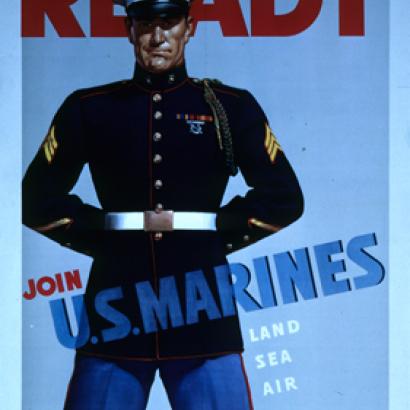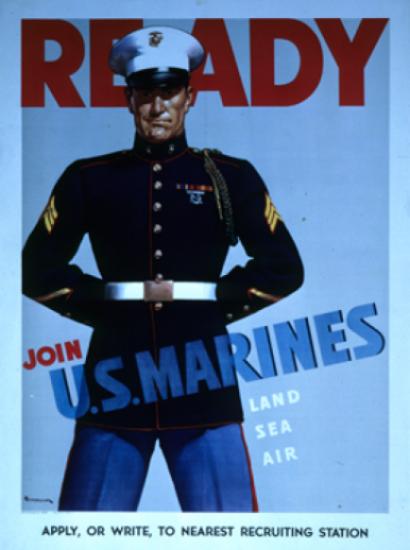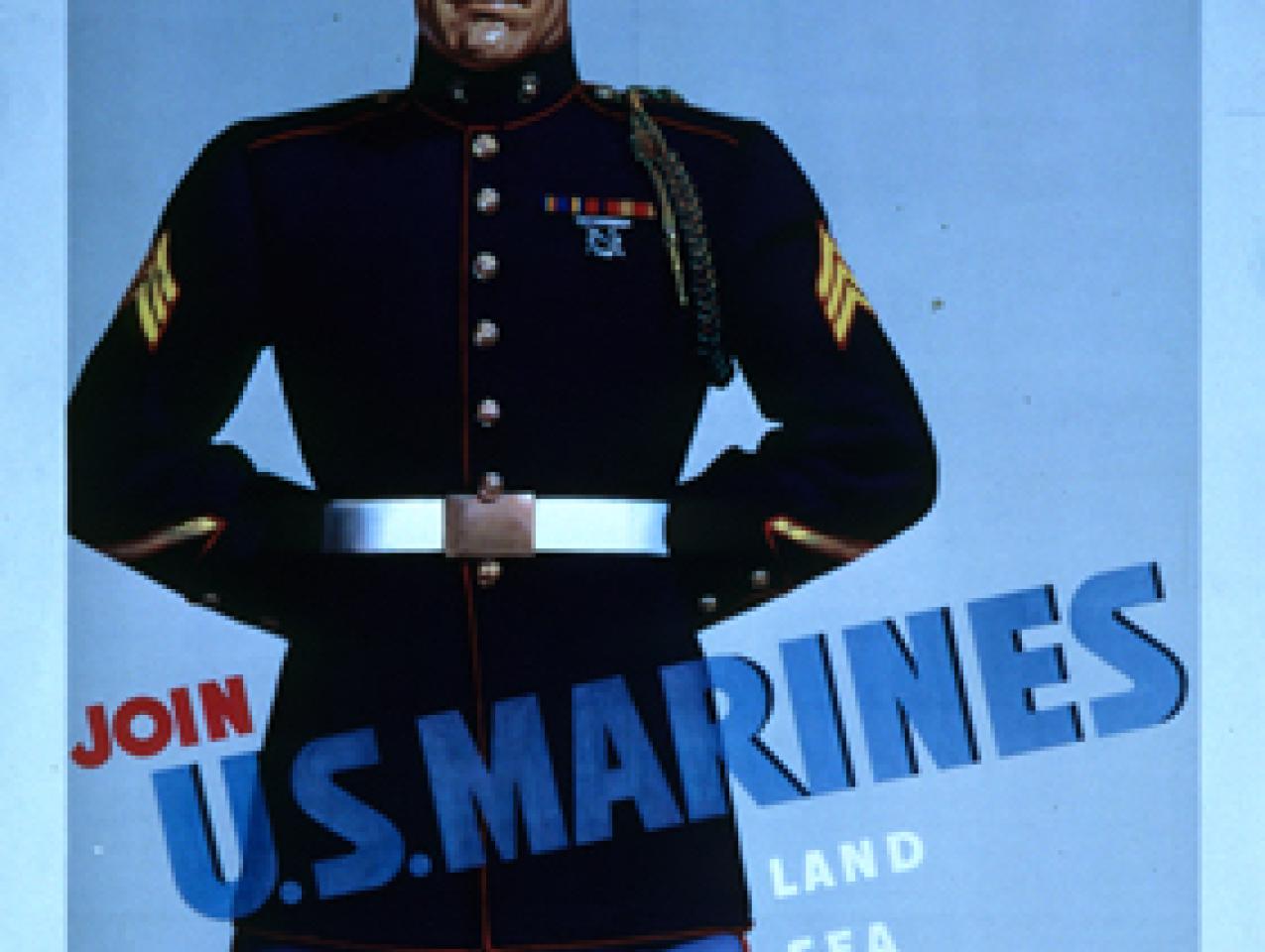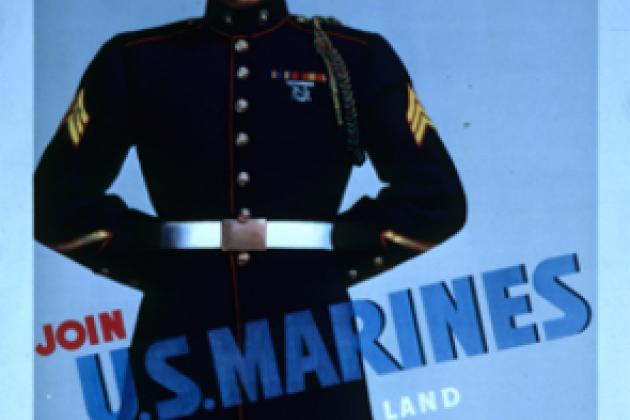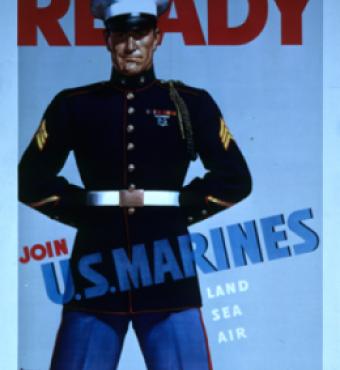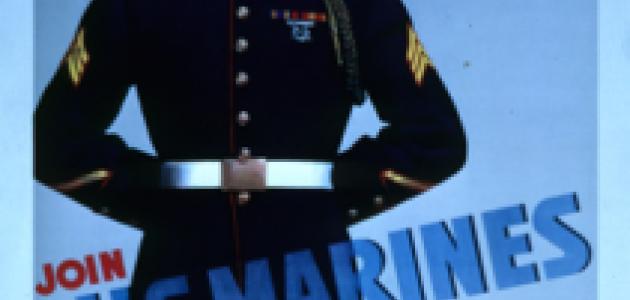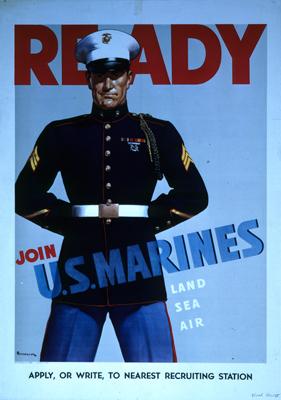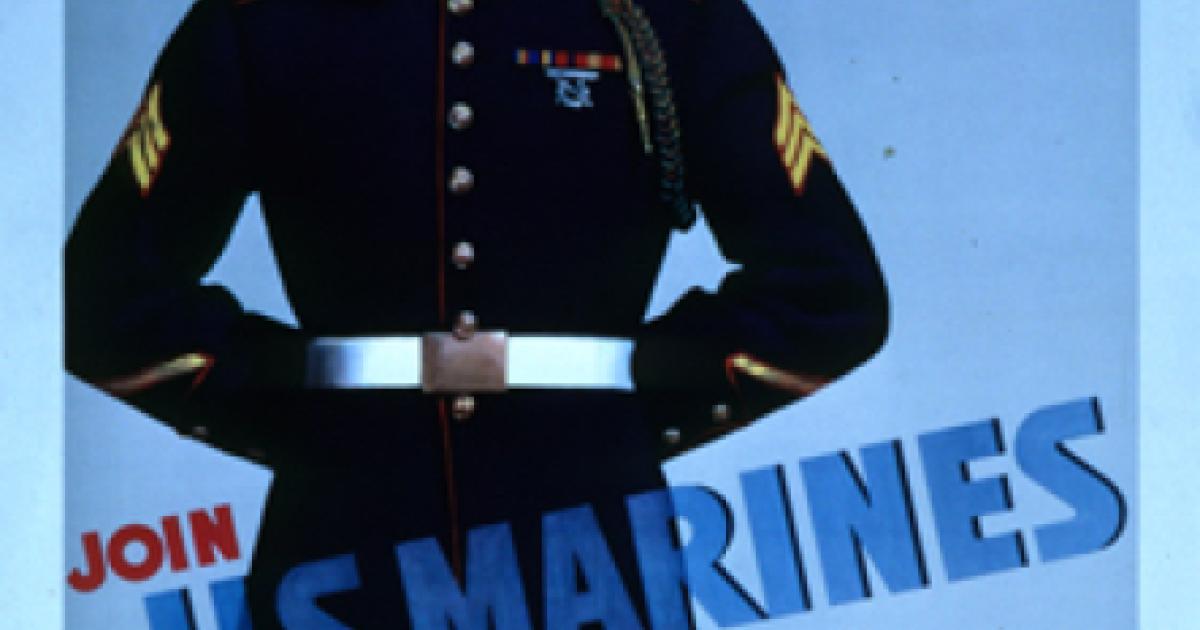- Security & Defense
- US Defense
- History
- Military
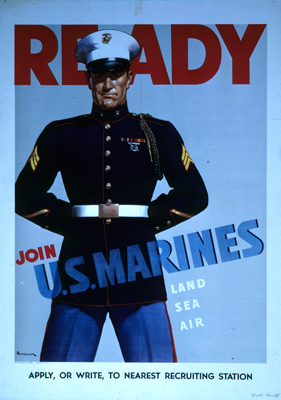
In the summer of 1970 in the immediate aftermath of a disastrous spring of rioting by university students, President Richard Nixon decided that a draft lottery would determine the following year’s call up. To the astonishment of university administrators who believed that the students were deeply motivated by moral concerns, the troubles disappeared in the fall. As one cynic summed up the results: “The one third with the highest numbers knew that they were safe and immediately hit the books to study for the law boards; the one third with the lowest number and most likely to be taken figured out how to join ROTC or some other method of escaping the draft; and only the middle third felt the deep angst that had marked university communities over the previous five years.” Two years later as the Vietnam War disappeared into the silence of PBS documentaries, Nixon announced the all-volunteer military.
There were many military leaders at the time who worried that the all-volunteer military would not work. They were wrong. Over the decade of the 1970s a dedicated group of officers and NCOs made it work, in some cases having to carry loaded sidearms into the barracks. But the results on the surface appear to have been extraordinary. In spite of fundamentally flawed strategies in Iraq and Afghanistan, to a considerable extent driven by America’s political leaders, the American military remain the world’s strongest by any measure of effectiveness.
Yet, there are problems, and serious ones at that, on the horizon. The most obvious has to do with the fact that a substantial portion of the budget is being swallowed up on the one hand by entitlements such as Social Security and Medicare that are virtually untouchable, and on the other by the servicing of a swelling national debt. The crucial question, then, is where is the money going to come from to recapitalize the American military’s weapons systems that have been quite literally worn to a frazzle by their constant usage in the military efforts in Afghanistan and Iraq? Marine fighter pilots are down to flying three hours a week because their aircraft are in such bad shape. Air Force and Navy pilots are not in much better shape in terms of their flying time. In effect, the U.S. military have been living off the fat of Cold War procurement programs, and the fat is now gone. Is it conscionable for the American people to let its young men and women who face danger every day to go into combat with worn out weapons?
But perhaps the greatest danger of the all-volunteer force lies in the slow but steady gulf that has been growing between the American people and those who protect them. The pool of those willing to serve is shrinking year by year. At the same time the culture of America’s military seems to be moving farther and farther away from those who serve. It is not that service men and women do not understand the civilian world; they find themselves bombarded by it every day. On the one hand, the Marine captains, whom I teach, regard the terms, such as micro aggressions that beset our university students, as rather bizarre. And on the other side, most of the civilian world has not the slightest comprehension of what the military face on an everyday basis.
The fact that so many serving in Congress not only have not served in the military but have had virtually no contacts among their family and friends who have served has clearly impacted the realism with which that body treats the military. This is not a healthy situation, and it is one that carries with it considerable dangers for the long term. Yet, if the American military continue on the road to becoming a self-contained society, largely separated from the larger society, will they begin to serve their own interests instead of the larger interests of the society they serve?







